11. jan kl: 22:02 - Final preparation dayDato 11.1.2007
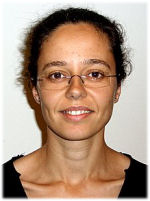
I dag skriver Forskerne Teresa Buchaca og Marc Ventura (ansat ved Danmarks Miljøundersøgelser)
Today the temperature has increased from around 22 ºC we had the last two days, to up to 32 ºC at mid day. It is really summer here in Tasmania! We are lucky that there is a blowing wind which refreshes a little bit, otherwise it woud be too hot. Apparently last winter has been very dry, and some shallow lagoons are almost without water. We also have heard that there are at the moment several bush fires in the east of the island. By the moment we have only been in Hobart, the capital of Tasmania. It is surrounded by eucaliptus afforested hills that look very dry and by spectacular flowered vegetation.
This morning, we have had a meeting with David Jarvis from the Inland Fisheries Services for a final discussion of the lakes to sample. He has been extremely kind providing us with very usefull information on the distribution of the native and introduced fish species. Since Tasmania has very strict regulations to protect their endemic fauna he also has helped us to select lakes without threatened species.
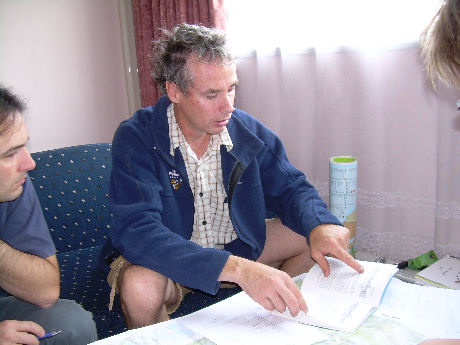
Fig. 1. David Jarvis from the Inland Fisheries Services explaining us the distribution of the fish species (Foto Kirsten Christoffersen).
Setting up nets in Tasmanian lakes is not as straightforward as it has been in the previous Galathea destinations due to the presence of platypus which might get injured or drown because of the nets. David explained us the procedures established by the Inland Fisheries Services to limit and avoid potential animal injury and also how to handle the animal to avoid contact with their poisonous spurs. Platypus is one of Australia’s most easily recognisable animals. They are definitely mammals, warm-blooded, covered with a furry pelt of hair, and feeding their infants on mammalian milk. But they retain some reptilian traits, chiefly their egg-laying reproduction and a certain skeletal characteristics such as birth-like skull, absence of teeth, a long snout covered by a leathery sheath, and a reptilian limb structure that makes sustained running difficult. Platypus is one of the three present-day monotremes species left over from what once must have been a large group that flourished over millions of years ago. The living monotremes are truly ‘living fossils’ and therefore are particularly of interest because they tell us what some of the early, primitive mammals may have looked like and how have they behaved and functioned.
Perhaps the best news of the day has been the arrival of the sampling equipment. Frank and Kirsten went immediately to the University of Tasmania to unpack the 700 kg of gear received and prepare everything for starting sampling tomorrow.
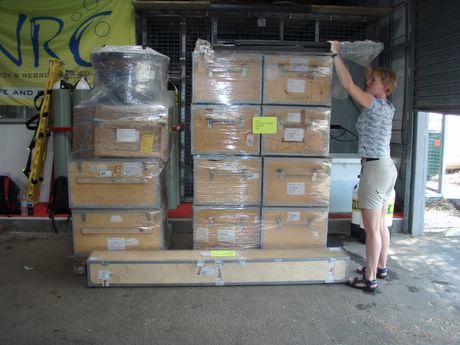
Fig. 2. Kirsten Thomsen starting the unpacking of the sampling equipment (Foto Frank Landkildehus).
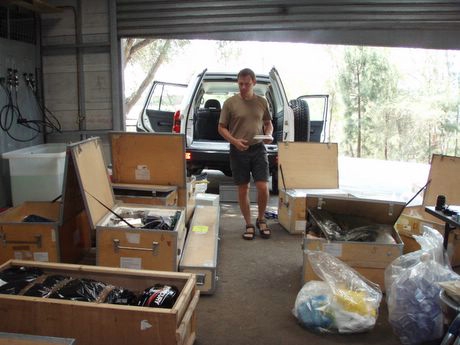
Fig. 3. Frank Landkildehus selecting the material for starting sampling tomorrow (Foto Kirsten Thomsen).
We are now very ready to start the following days with the sampling of Lake Crescent and Lake Sorell situated south of the Great Western Tiers at around 1000 m of altitude. There we will meet Andrew Taylor (Inland Fisheries Services) who will give us more practical details. We expect to overnight in the field station situated close to the lakes, where we will probably not have internet access and therefore not be able to update weblogs for the next few days.
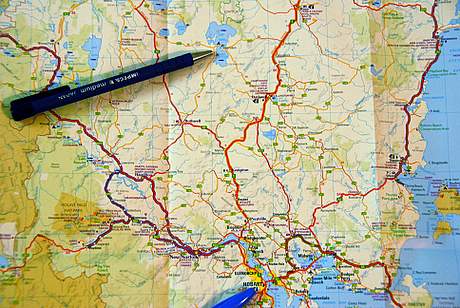
Fig. 4. Location of the lakes we are going to sample the following days (Foto Marc Ventura)
|